Average sizes and life expectancy for this breed:
The Labrador Retriever is a well-loved dog breed around the world. In fact, it has consistently been one of the top breeds as family pets in the United Kingdom for decades. These gentle dogs are outgoing and always keen to please their families. They are very intelligent and highly trainable, which is why they tend to thrive in environments where they can work alongside their human companion in the field.
This dog breed originated on the island of Newfoundland, off the northeastern Atlantic coast of Canada. Initially called the St. John's dog, after Newfoundland's capital city, they were bred to aid local fishermen in hauling nets, fetching ropes, and retrieving fish that had escaped their nets. These dogs generally excel in and around water because of their alertness and excellent water-resistant coats.
The affectionate and highly intelligent Labrador Retriever is America's number one breed, registered with the American Kennel Club. Bred and produced for sport, they are incredibly muscular and athletic. They also have short, easy-care coats, friendly characters, keen intelligence, and plenty of energy. Labrador Retrievers are loving, people-oriented dogs who continue to serve their families and owners. They love participating in canine sports and shine at other activities such as guide and assistant dogs.
Today, most Labrador Retrievers skip the hard labour and spend their days being spoiled and loved by their owners. However, some still serve as vital working dogs.
See available puppies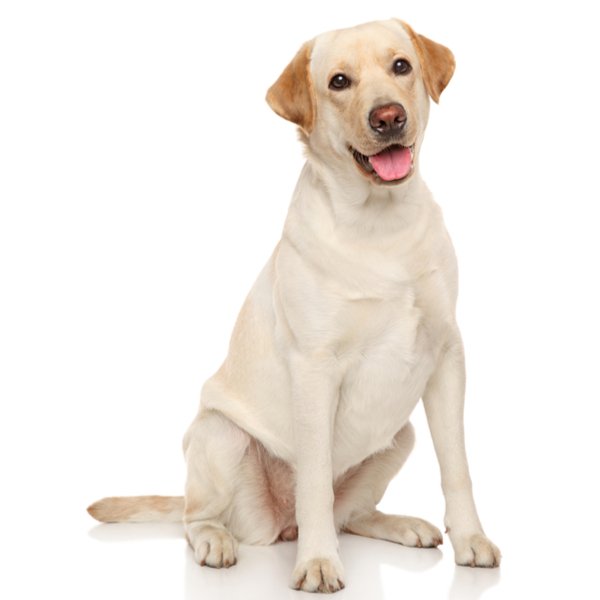

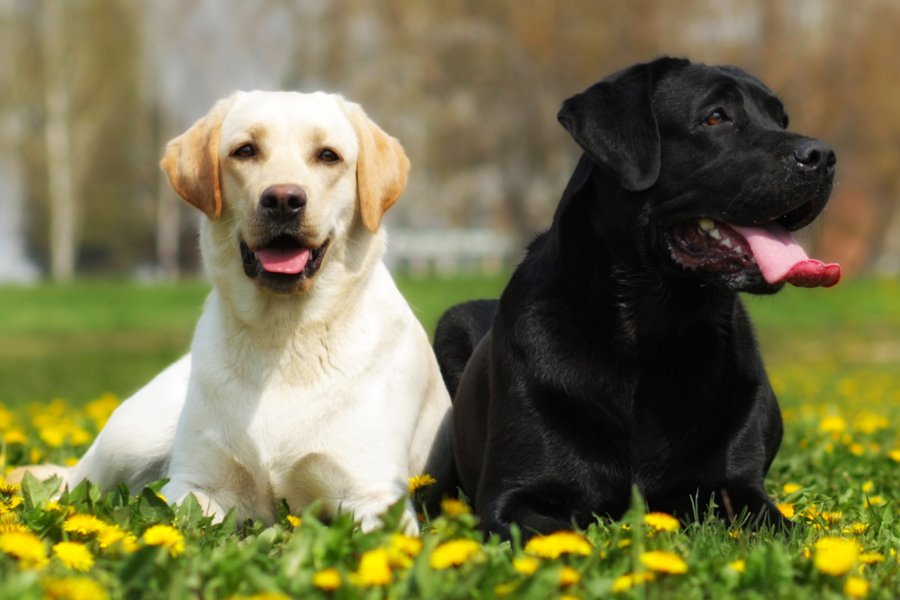


The Labrador Retriever originates from the coastal regions of Newfoundland, Canada. They are believed to have been produced in the 1500s by crossing St. John's Water Dogs with other smaller breeds of water dog and possibly Mastiffs. The St. John's Waterdog is also an ancestor of the Newfoundland, which is closely related to the Labrador despite the size difference. Labrador Retrievers during this time were used by fishermen to haul nets and retrieve fish that had escaped the nets. They were the perfect dogs for the job because of their water-repellant coats and webbed feet which made them excellent swimmers. They even dived into icy water to retrieve the hats of fishermen!
Labrador Retrievers were first introduced into the UK by the Earl of Malmesbury and Colonel Peter Hawker in the early 1800s. These two men developed a keen interest in the dog breed and arranged for a selection of dogs to be brought to the United Kingdom. In fact, Hawker described the dog breed as:
“The best for any kind of shooting... generally black and no bigger than a Pointer, very fine in legs, with short smooth hair... is extremely quick running, swimming, and fighting.”
The Earl and Duke of Malmesbury began using these dogs in shooting sports, where they were known as “Labrador Dogs”. They also began breeding them. Word quickly spread about this impressive dog breed amongst hunters and farmers in the US and by the 1900s they had become incredibly popular.
Numerous Chocolate Labradors are believed to be the offspring of a Labrador Retriever called Buccleuch Avon. This dog was given as a gift to the Duke of Buccleuch in Scotland in 1890 by the Duke of Malmesbury. Another dog named Malmesbury Tramp, owned by Countess Howe, is among the primary descendants of the modern Labrador Retrievers we see today.
Unfortunately, this dog breed’s numbers fell in Newfoundland, but thanks to the efforts of the first and second Earls of Malmesbury, the breed continued to develop in the United Kingdom.
Today, the Labrador Retriever is one of the topmost popular dog breeds in the United Kingdom. They are consistent, dependable, and highly loyal, making them the ideal family pet and working companion.
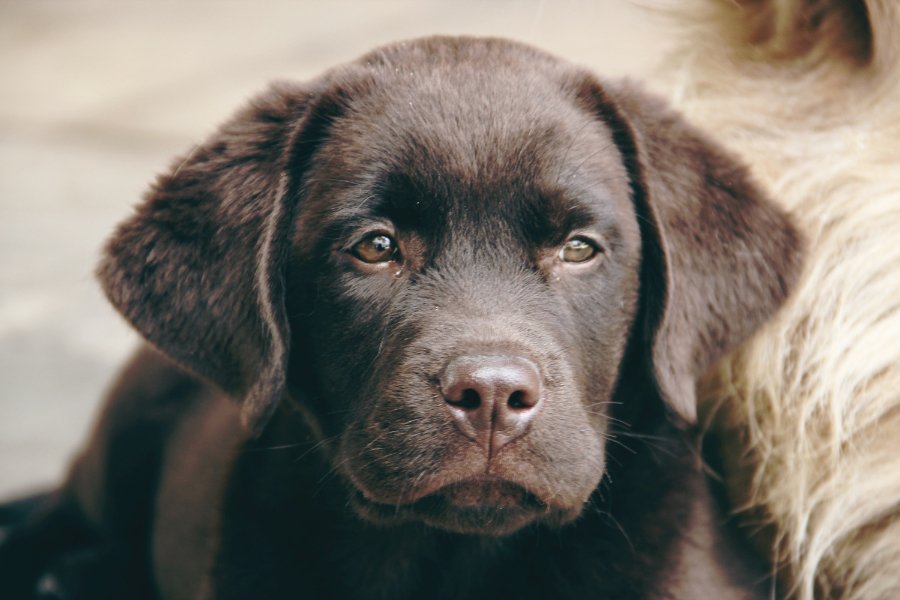
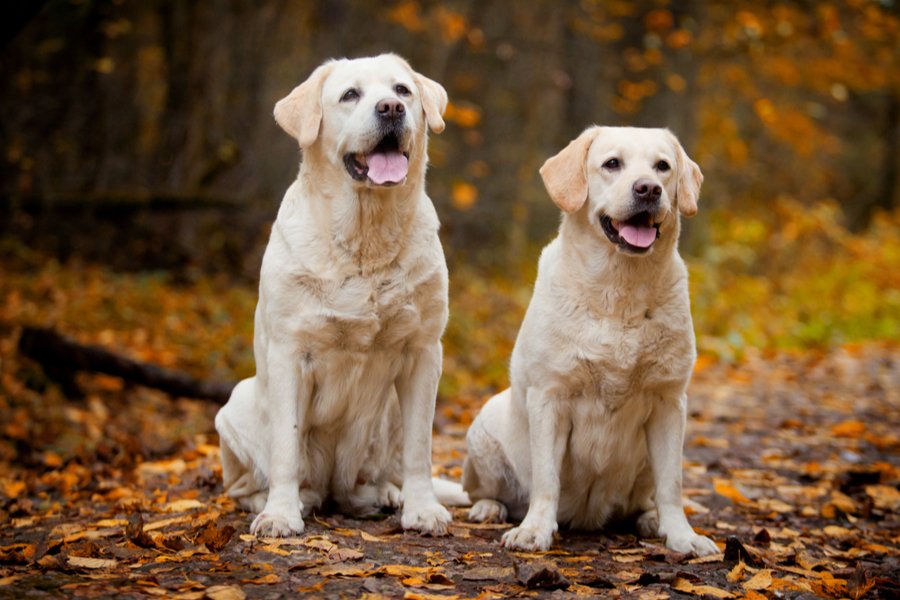
This medium to large size dog is strongly built, with a deep and broad chest. They also have compact and robust webbed feet that make them great swimmers. Their coats are dense, thick, and exceptionally water-resistant, which is ideal for the environment these dogs were bred to work in. In fact, the Earl of Malmsbury noted that their coats “turn the water off like oil”.
Their tails are often referred to as being otter-like because of their rounded appearance and because of the way these dogs use them to propel themselves through the water. This is a defining characteristic of the breed. Their coat is short and has no feathering.
Labrador Retrievers are black, solid yellow, or chocolate. The yellow colour variety varies from light cream to red ‘fox’ colour. A small white spot in the chest area or on the rear hocks is acceptable under the breed standard. However, no other coat colours are permissible.
Their medium-sized eyes are generally brown or hazel. Labs’ pendant-shaped ears are not too heavy or large, and they hang neatly and close to the head. The colour of their noses may vary depending on the colour of the coat. Yellow dogs usually have a black nose, and chocolate ones have a lighter brown nose.
Their broad muzzles hold a set of strong teeth with a bite of scissor-like precision. This enables a ‘soft mouth’ capable of holding the game firmly yet gently without causing any damage.
Labrador Retrievers are well-known for their laidback yet playful, high-spirited, and intelligent characters. They rarely ever display any signs of aggression, which is why they are often used as assistance and working dogs. They bloom in a home environment where they can have plenty of attention, mental stimulation, and exercise. However, they should be trained to understand their place in the pack, so they know who to look to for leadership.
While Labrador Retrievers may need quite a bit of care and attention, they are still one of the best options for novice dog owners because of their loving and trustworthy characteristics. This dog breed also loves playing interactive games. These keep them mentally stimulated and lessen the risks of any boredom-related behaviours from developing.
Lighter weight Labrador Retrievers do very well at canine sporting activities like Flyball and agility. One of the beautiful things about Labrador Retrievers is that they just love to delight their owners and will do their very best to get things right.
Labrador Retrievers are mostly excellent around strangers and people they don't know. They have very adaptable characters and will settle quickly once they have been exposed correctly to new environments. However, you need to make sure that you are providing plenty of daily exercises, mental stimulation, and attention to a Labrador Retriever. They should never be left cooped up for great lengths of time. This could cause boredom, anxiety, and stress which can lead to destructive behaviours. For this reason, these dogs are best suited to homes where someone is around for most of the day.
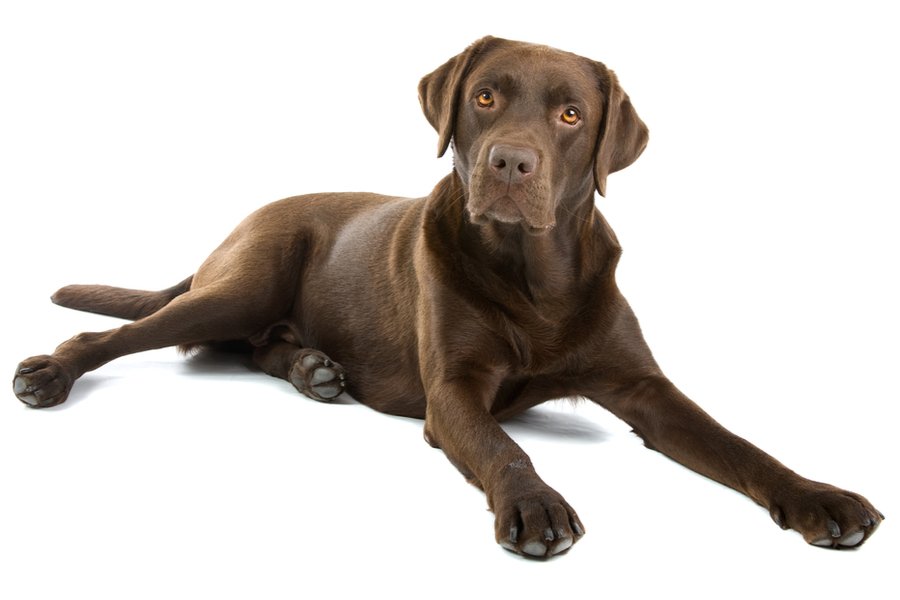
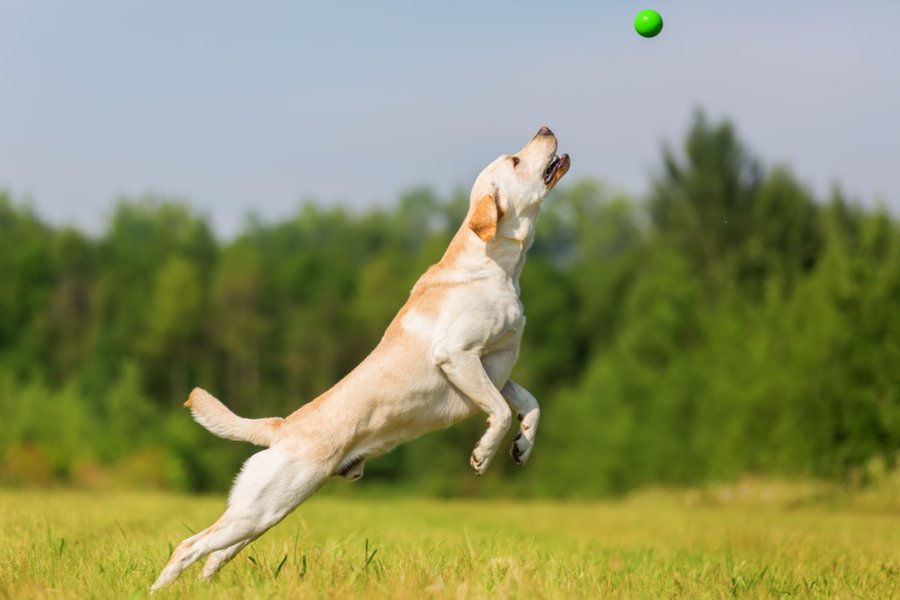
Labrador Retrievers are smart and highly energetic. So, they require at least two hours of exercise daily, alongside mental stimulation in the form of games and training. You can also try adding swimming into their usual walks to satisfy their natural instincts.
Labrador Retrievers are highly social by nature. So, letting your dog run and play around with other dogs in a safe and secure environment will give them a great workout and mental stimulation. Remember that Labrador puppy training is essential, and recall training is vital to guarantee your dog remains safe while off the leash.
While their fur is sleek, short, and generally easy to take care of, Labrador Retrievers can be prone to shedding. A weekly groom with a comb or bristle brush and bathing when required can help. However, you may want to brush more often during the intense shedding months.
Regularly brushing your Labrador Retriever is also an excellent opportunity for you to carefully examine their body for parasites, skin lumps, or any other signs of infection such as swelling, sores, and rashes. At the same time, it’s worth checking their eyes for any redness or discharge and their ears for black or brown wax and a strange smell.
Trim their nails as needed, usually every couple of months. It’s best to train them early, or you can let a professional groomer do it if it becomes too much of a challenge.
For their dental health, make sure to brush their teeth at least two times a week to remove tartar buildup. Daily brushing is still the best way to prevent tooth and gum diseases and bad breath.
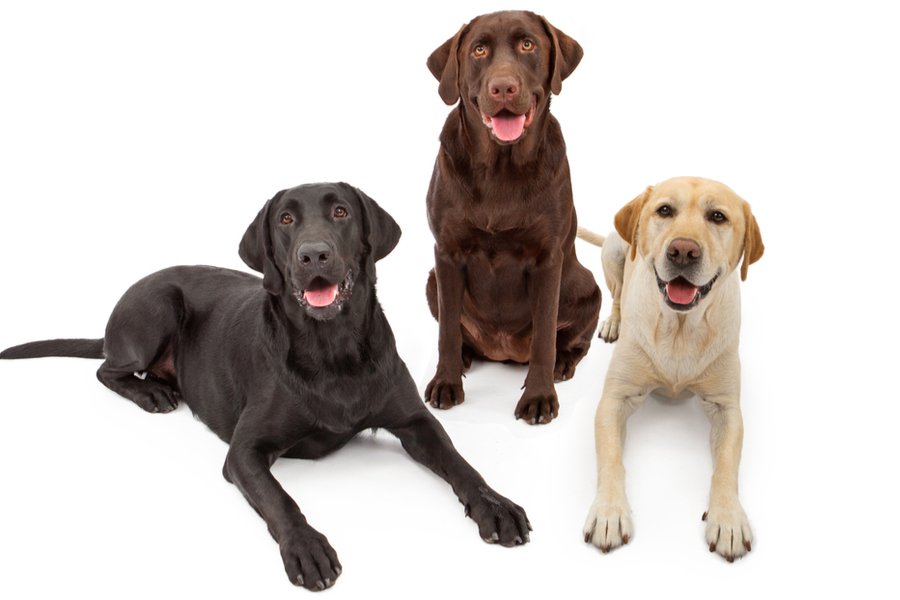
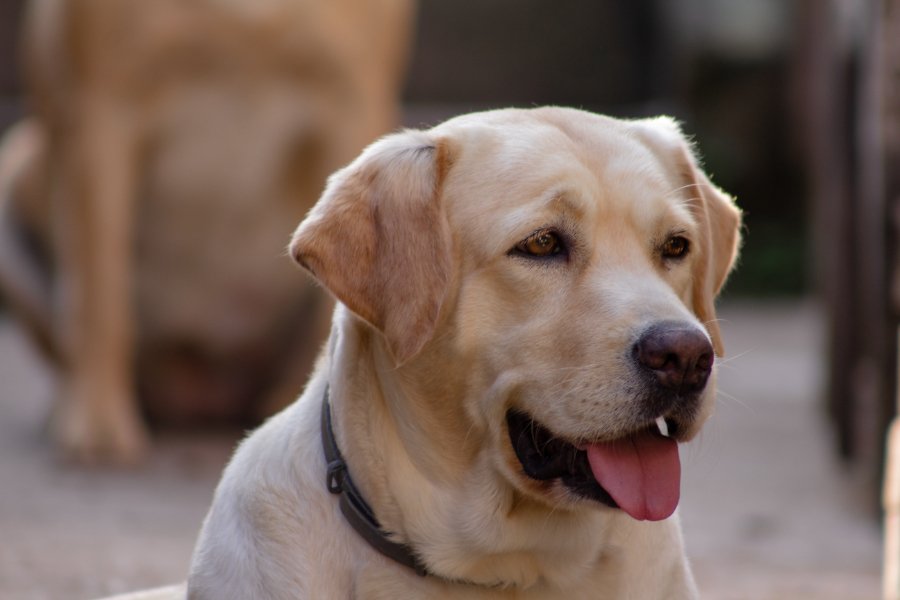
Labrador Retrievers can live for 10-13 years when correctly cared for and provided with an excellent, high-quality diet that matches their needs. However, they are prone to developing a few health issues. This is why it’s essential that you only purchase a Labrador Retriever puppy from a trusted and reputable licensed breeder as they will be able to check the puppy (and parents) for any underlying health conditions.
Most Labrador Retrievers are well-known for their hearty appetites and will overindulge if an owner permits them to. This can cause a dog to become overweight or obese very quickly, which can impact their overall health and shorten their lifespan significantly. Moreover, obesity can lead to joint issues due to the additional weight they carry, as well as heart problems.
Here are some of the other more common conditions seen in Labrador Retrievers:
Labrador Retrievers not only love kids, but they also love the commotion that comes with them. They will happily attend any child's birthday party and revel in the enjoyment of games, loud noises, and affection. However, like many dog breeds, they need to be trained on how to act around kids. That's why early and proper socialization is essential.
Labrador Retrievers are also known to be good around other pets as long as they have been appropriately trained, socialized, and introduced properly, including, cats, other dogs, and smaller pets.
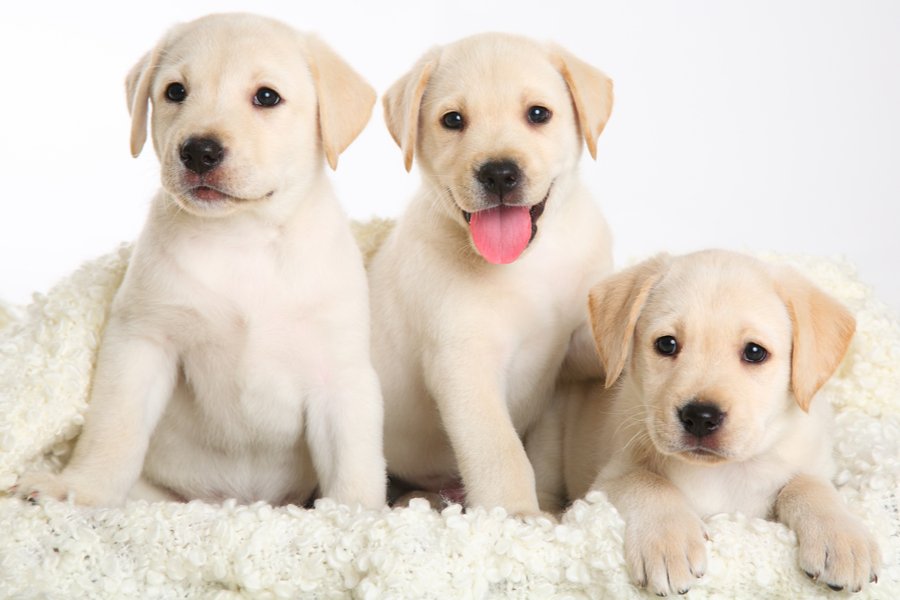

We can connect you with Breeders that are specialized in this particular breed.
See available puppies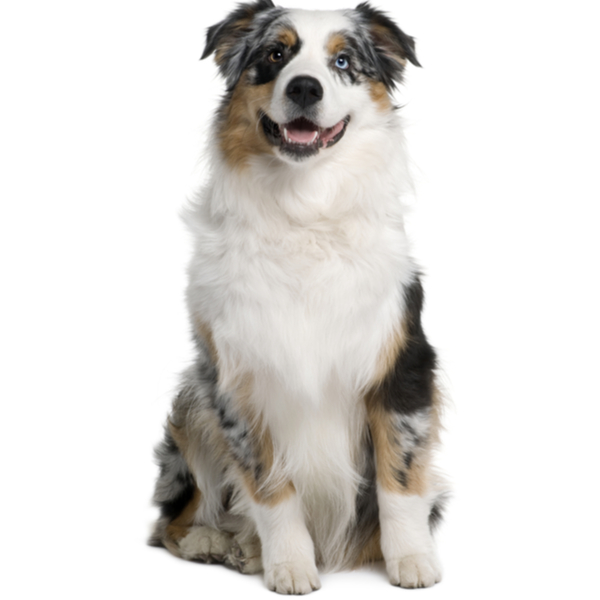
Spain
Size : Medium
Coat : Long
Registration : KC, FCI, AKC
Exercise : 1 hour
Training : Easy
Grooming : Twice a Week
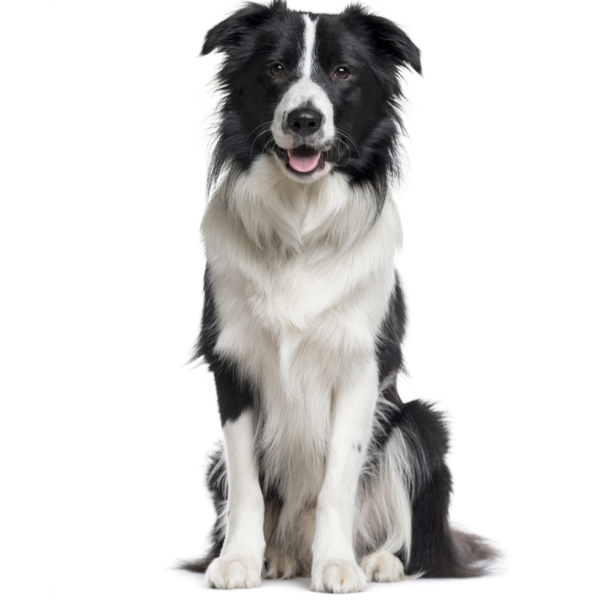
United Kingdom
Size : Medium
Coat : Long
Registration : KC, FCI, AKC
Exercise : 2 hour
Training : Easy
Grooming : Once a Week
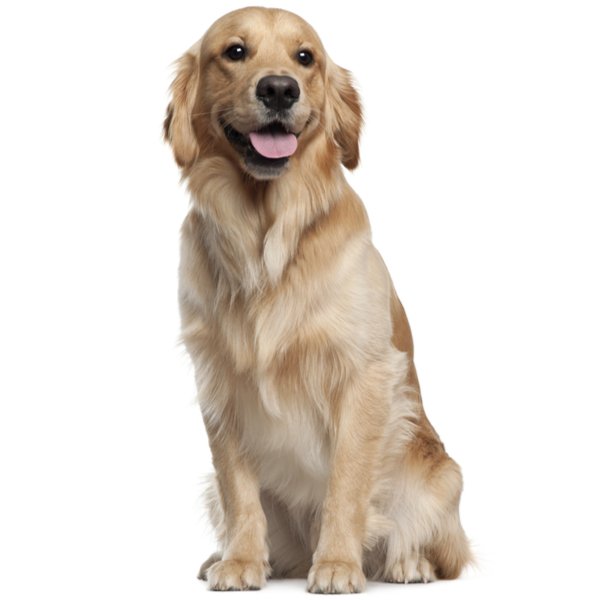
United Kingdom
Size : Large
Coat : Long
Registration : KC, FCI, AKC
Exercise : 2 hour
Training : Easy
Grooming : Twice a Week


Need some advice?
Whether you're a first time pet owner, an experienced pet owner, a new or long-time breeder, or just curious about pets, we've got you covered!

January 17, 2024
What Is The Personality Of Russian Blue Cats?
Russian Blue cats are most known for their distinctive shimmery blue-silver coat and piercing green eyes. However, this breed’s calm and gentle temperament is what makes them shine the most in the feline world.

January 17, 2024
10 Facts About Russian Blue Cat Breed
Russian Blues are one of the most aesthetically stunning cat breeds, with a gorgeous plush silvery coat and vibrant green eyes. However, it’s not only their appearance that is beautiful; their nature is too.

January 17, 2024
How To Choose The Right Cat Breed for You
Cats can make the most fantastic animal companions; they are adorable, friendly, and loving. However, not all felines are created equal. There are many different breeds, of which each has its unique personality traits.
Need some help?
Contact us to speak to our friendly advisor, who will gladly help you find your dream pet!



We are registered in England and Wales under registration number 12568840,
and our registered office is at 58-60 Kensington Church Street, W8 4DB London, England.
© 2023 The Pedigree Paws